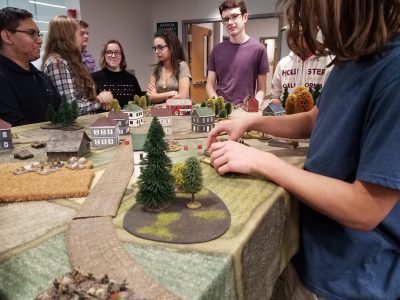The Free Nations book for Team Yankee Spoiled
While the membership NATO has grown since 1985 (15 members to 29 today) the mission and role of the alliance is just as relevant today as it was when first formed in 1949. So far has given us the forces of the major nations of the alliance and now it is time for the smaller nations to enter in the game. While these nation’s may have smaller and less well-equipped armies than the major players, their commitment to NATO should not be overlooked. They do play a major role supporting NATO’s mission.

